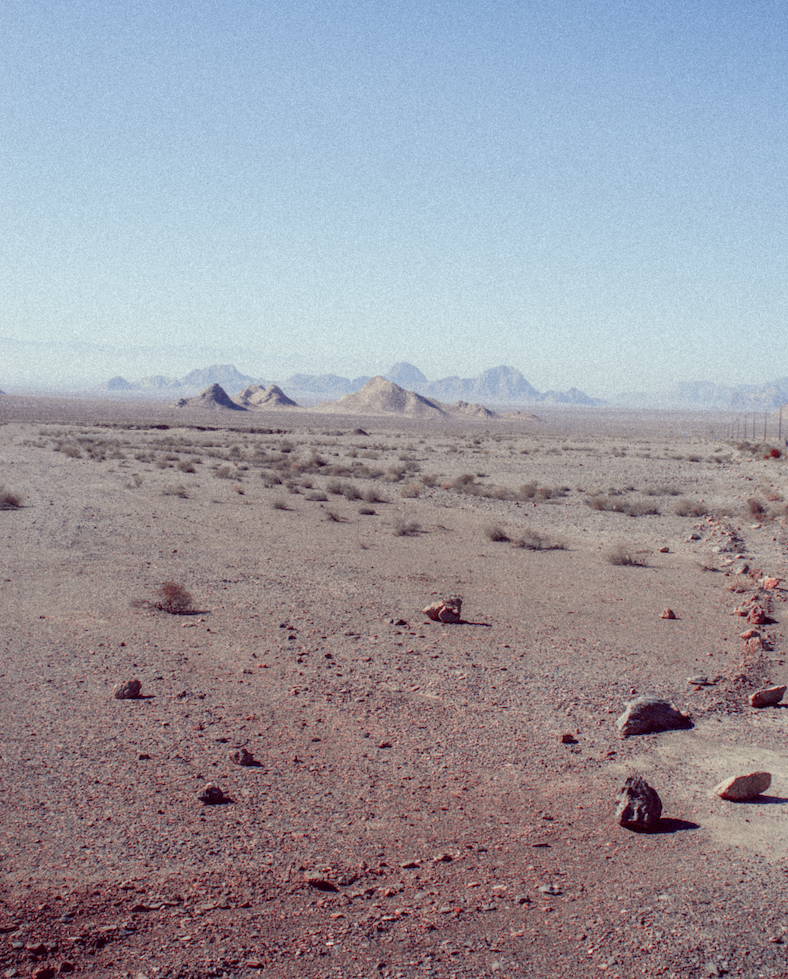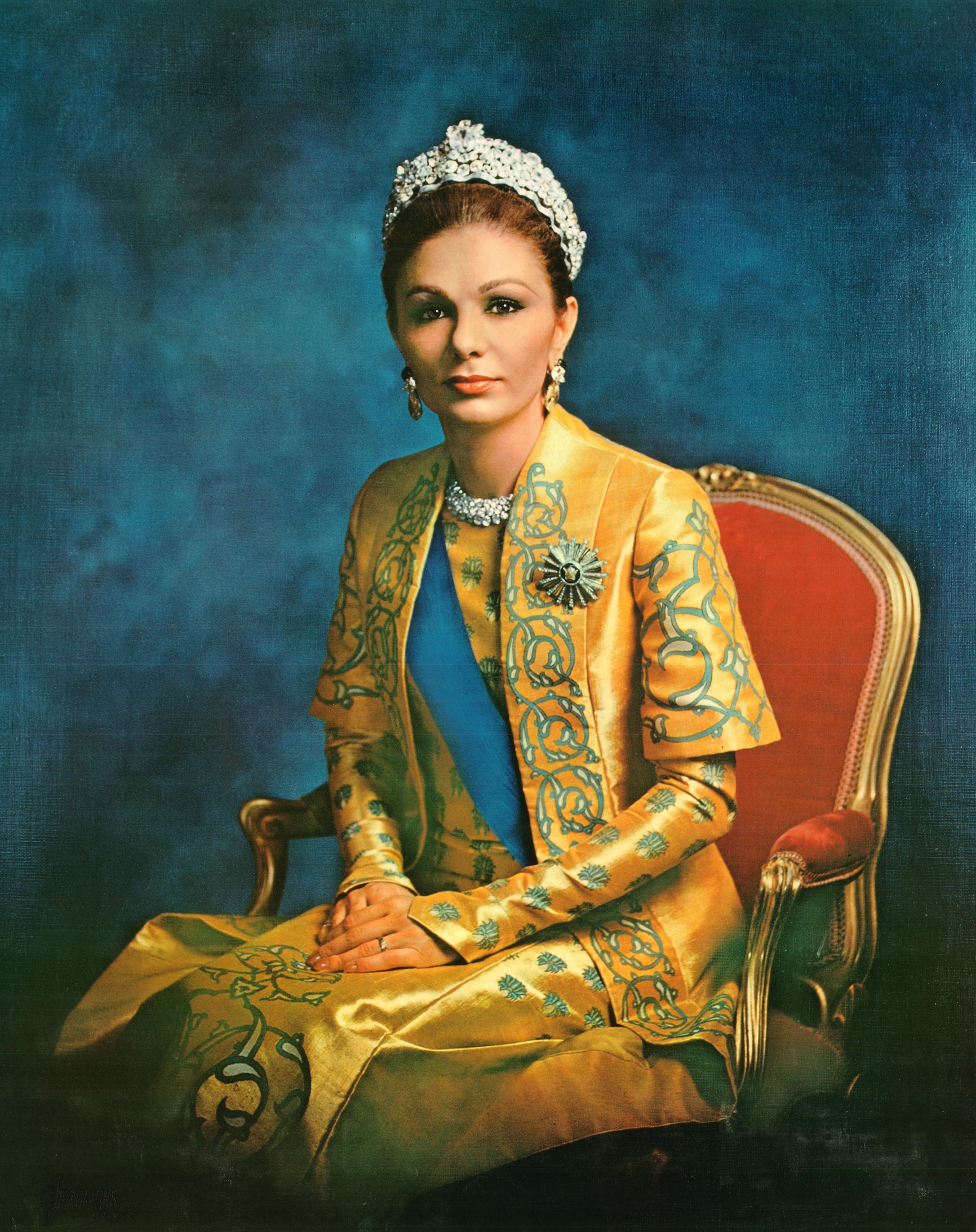The following is a guest post by Ondine de Gaulle, a writer who holds degrees from Sciences Po Grenoble and SOAS, University of London in Middle Eastern Studies and Comparative Literature with a focus on South Asia. All photographs except the final two are courtesy of photographer Paul Mesnager, taken during a 2016 trip to Iran.
***
It is a common flaw among journalists to pass judgement on a country and its people after spending only a few weeks or months there. (…) I might make the same mistake regarding Iran. Yet, Iran is not unfamiliar to us; it is part of our civilisation.
These are the words of Indo-Pakistani author Qurratulain Hyder (1927–2007) in her Urdu reportage on Iran, Kuh-e Damavand (Mount Damavand), published in March 1978 in the Delhi-based literary magazine Aajkal. Known primarily in South Asia for her fiction, Hyder was also a renowned journalist. In October 1967, she visited Tehran to cover the coronation ceremony of Shah Mohammad Reza Pahlavi and Shahbanu (Empress) Farah Diba. Three years later, Hyder was invited to Iran for several weeks so the Indian author could gather material to write a biography of Farah Diba.
Although the biography was never published, the project facilitated an encounter between these two women, with their contrasting life paths. One a woman from the Indian subcontinent, nicknamed the ‘sari reporter’ for her signature traditional attire, shaped by the experience of her homeland’s Partition, navigating the complexities of democratic federal Republic of India. In contrast, Farah Diba was an empress of an absolute centralised monarchy, who saw herself as leading her nation toward modernisation. Ironically, Farah, whose authority stemmed from her marriage to the Shah and whose worldview was shaped by education at European schools in Tehran and later Paris, entrusted the task of chronicling her life to a woman who had never married and came from a very different political background.
Hyder eventually wrote a nuanced critique of Farah and the Pahlavi monarchy in an Urdu reportage published on the verge of the 1979 revolution. Despite being presented with a carefully curated image of a modern and progressive Iran, Hyder’s account of her time with the Empress – and how she recalled it a decade later – offers a revealing glimpse into the regime’s contradictions, subtly exposing its cracks.


Imperial Fairy Tales
Hyder’s name had been recommended to the Pahlavis by Indian journalist Ramesh Sanghvi, the Shah’s personal consultant on international public relations. In her reportage’s introduction, Hyder recalls:
In 1969, Ramesh Sanghvi told me,’The Shahbanu of Iran is a very unique woman. In the West, her biography will be read with great interest. (…) I recommended you to the king, telling him you would be able to write this biography well.’
As Hyder was born into a distinguished Muslim family from Northern India, Sanghvi saw her as particularly well-suited to offer a more nuanced understanding of the Queen’s life: “Shahbanu insisted that the book should be written by an Eastern author, believing that a modern Muslim woman would better understand the topic,” Sanghvi told Hyder. Hyder herself had studied Persian, and was named after the 19th-century Iranian poet, women’s rights activist, and theologian Qurrat-ul-Ain Tahira.
Sanghvi was close to the Shah and he sought to prevent Hyder from discussing politics in the book. “I want a fully human angle, no politics. (…) It’s a Cinderella story for a Western audience, not some grand ode. (…) Don’t weigh down the book with too much history,” Sanghvi had instructed her.

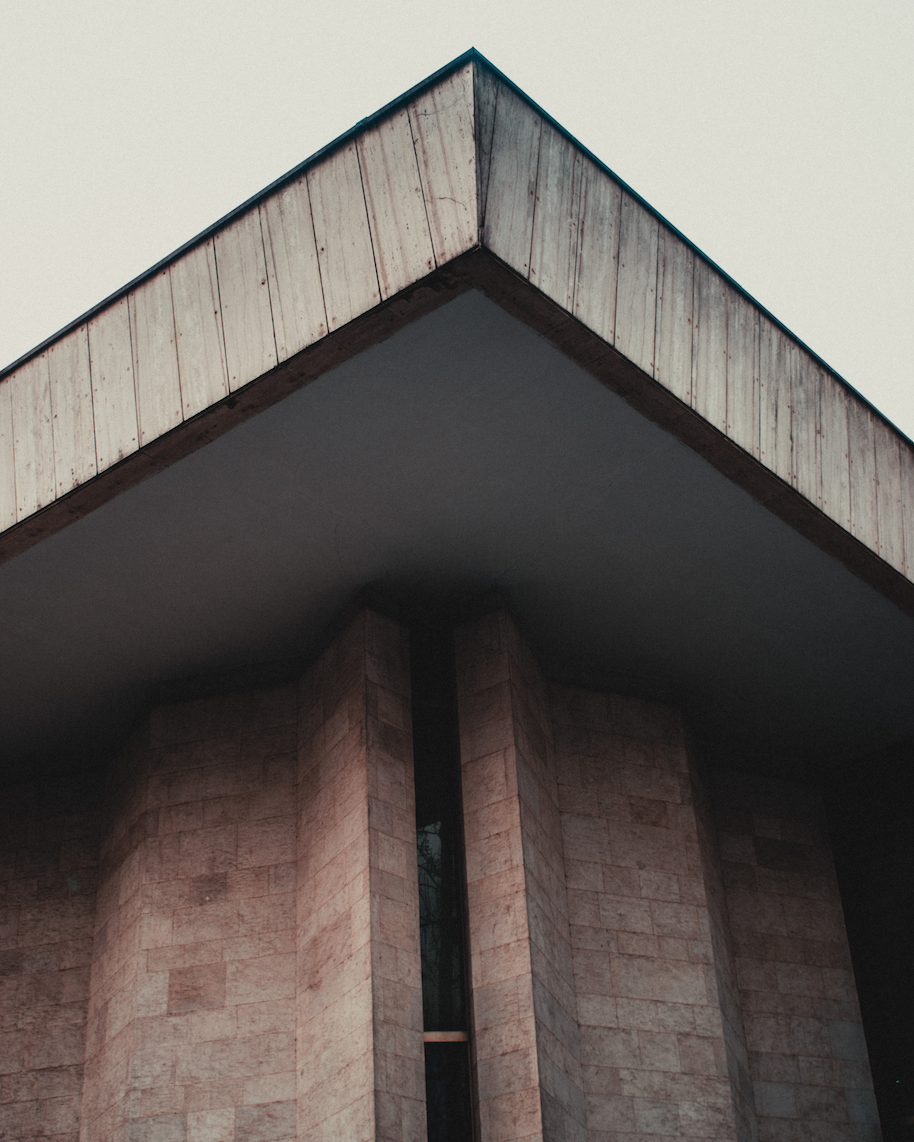
His aim was to create a bestseller for a Western audience, focusing on the glamour of the Iranian court and the “extraordinary destiny of Farah Diba.” However, Hyder’s disapproval of Sanghvi’s instructions is evident as seen from her protest at the very outset: “But I don’t merely write fairy tales. The entire history of Iran has to underpin their background.”
Surprisingly, she eventually accepted the task. Perhaps she was driven by idealistic hope that she could persuade Sanghvi to incorporate historical depth into the book and genuine curiosity. Thus, in late September 1970, Hyder spent nearly two months in Iran as a royal guest, observing both the public initiatives of the royal couple and their more intimate moments.
Hyder was shown carefully selected aspects of Iran that the imperial couple wished to highlight – an image of a modern, Western-oriented, progressive, and educated nation. These include Aryamehr University (now Sharif University), founded in 1966, new cultural institutions aimed at promoting both modern and traditional Iranian art, a ceremony highlighting the Literacy corps (Sepah-e Danesh), an educational initiative from the Shah’s White Revolution, a TV interview featuring the Queen on the occasion of Children’s Day at Saadabad Palace, and a reception at the Imperial Country Club, a sports and cultural complex in North Tehran (now Enghelab Sports Complex). Hyder also joined the royal couple on visits to Khorasan and Isfahan.
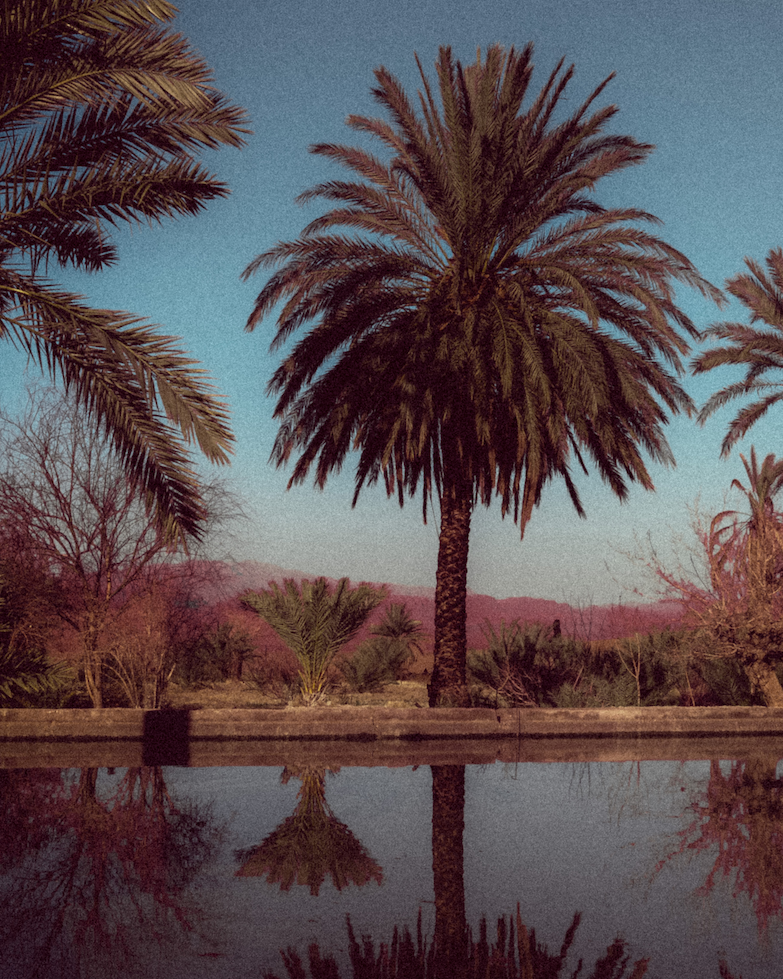
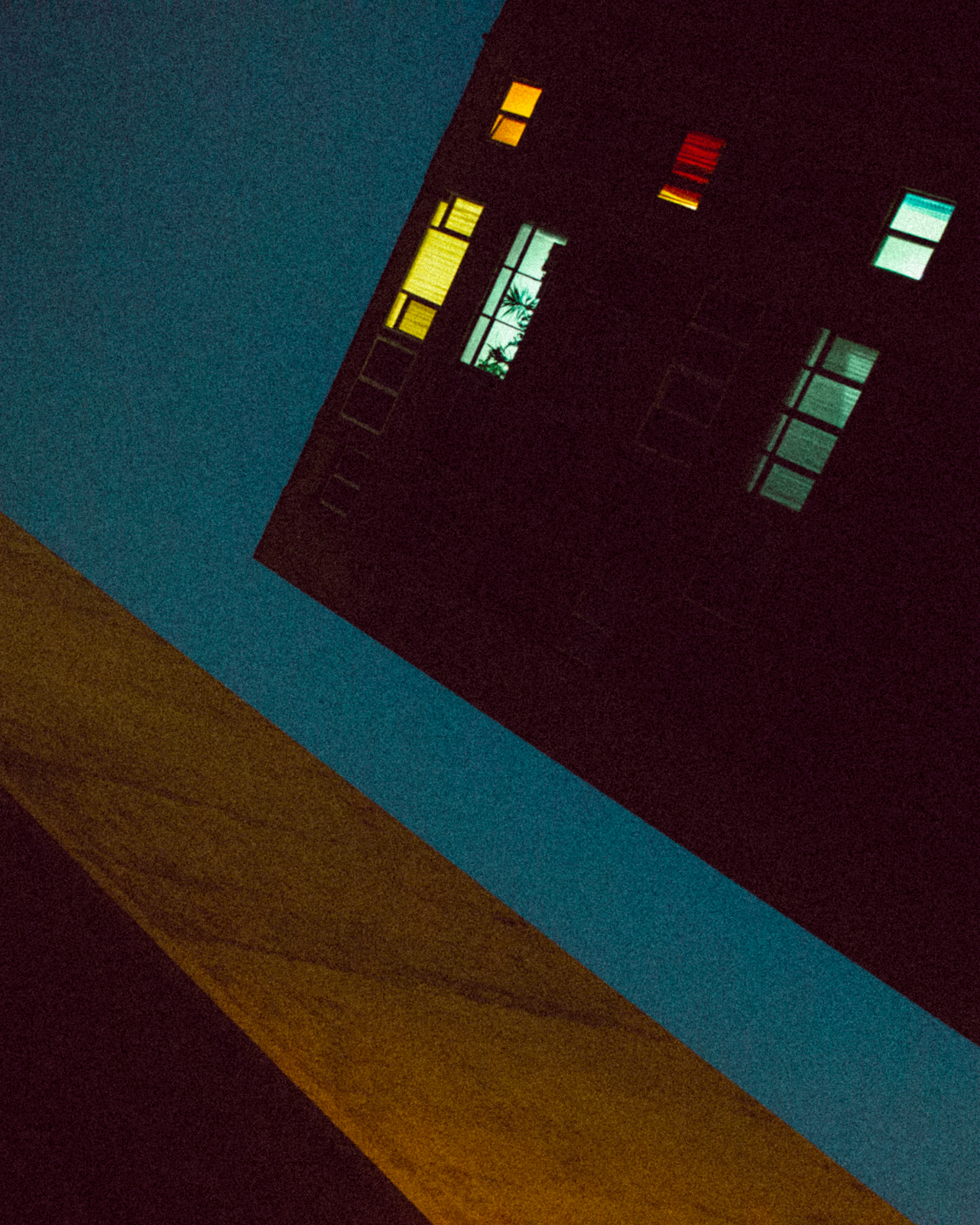
After returning to Bombay, Hyder completed Farah’s biography, titled The Empress. Written in English, the book was intended for publication in New York and London, with translations planned in six European languages. It was set to be released in 1971 to parallel the 2,500-year celebration of the Persian Empire the Pahlavis were hosting in Iran. Hyder sent the manuscript to Sanghvi. Tragically, the Indian publisher passed away shortly afterward, and the manuscript was lost. It remains missing to this day.
The 1971 Persian Empire celebration in Iran was criticised by many Iranians as a propaganda spectacle. Footage of the lavish event fueled widespread discontent that contributed to the 1979 Revolution that toppled the monarch several years later. Hyder never publicly commented on the loss of her manuscript nor tried to write another version.
Given the fact that she was hired as part of a royal PR exercise, it is possible that she felt relieved after The Empress’ loss, particularly after realising that any critical perspectives would have been removed from her text. Because the book was lost to history, Hyder was saved from being part of the public relations machine of an empire that would come crashing down soon after.
Kuh-e Damavand
Despite the loss of her manuscript, Hyder did eventually write about her time in Iran several years later. In 1978, as the revolution against the Pahlavi monarchy raged in Iran, Hyder published Kuh-e Damavand, an Urdu reportage named after Iran’s tallest mountain. Resembling a travelogue, or safarnamah, the hundred-page text draws on Hyder’s time in Iran to critique the shortcomings of the Pahlavi regime. Instead of a royal fairy tale as she was instructed to write, Hyder produced a more balanced and realistic portrayal of a regime in its death throes.
She skillfully balances the personal and the historical, weaving together recounting the intimate portrayal of Farah Diba and her family with a broader exploration of both Iran’s recent and ancient history. The text is based on interviews with the Queen herself as well as her relatives, friends, colleagues, government officials, artists, and scholars.
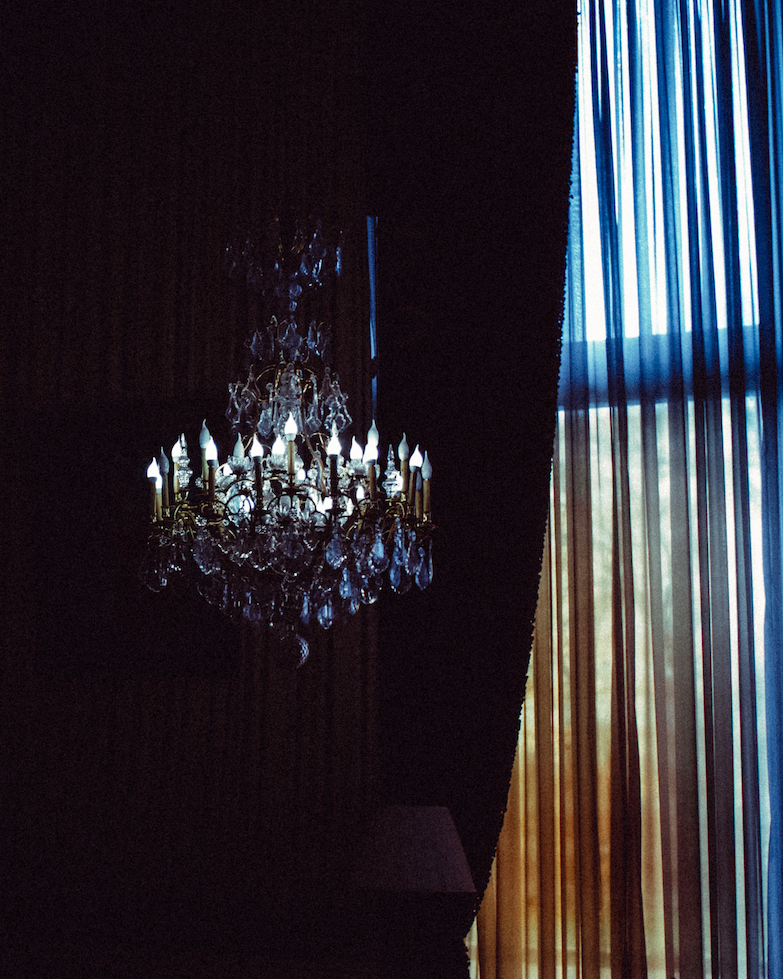
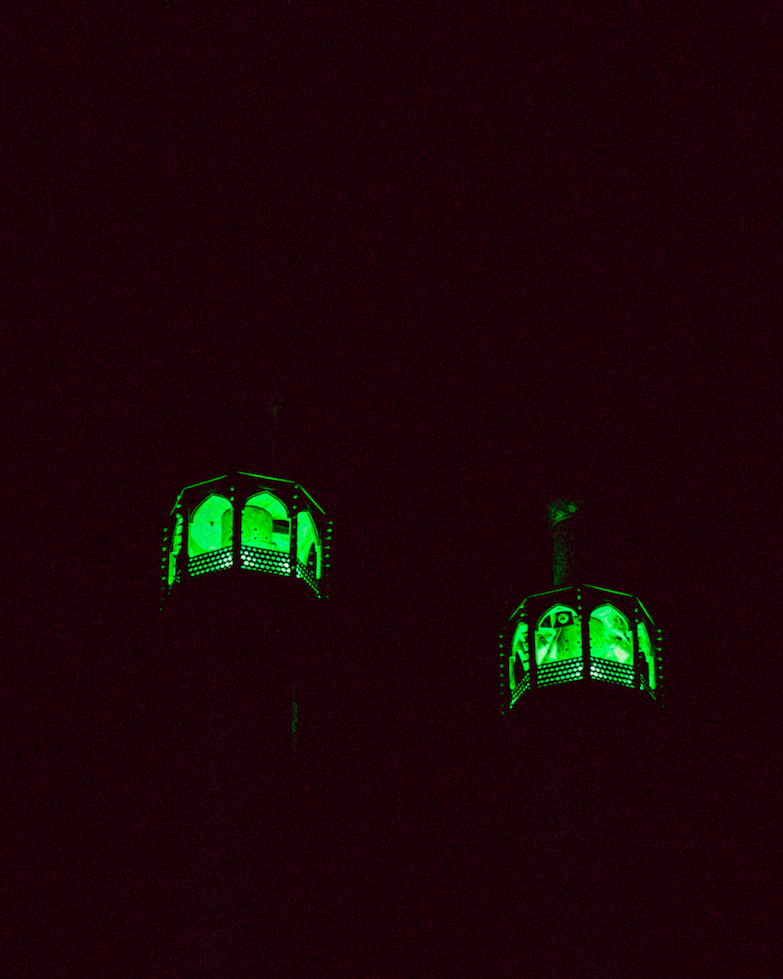
During her stay in the imperial court, Hyder describes experiencing the luxurious life enjoyed by the Pahlavis: helicopter and limousine rides, caviar, mink coats, and conversations among the capital’s elite about Europe’s most fashionable entertainment venues. However, instead of simply basking in Pahlavi glamor, in the text Hyder does not shy away from criticizing the lavishness of a court she considers excessively Westernised:
They spend half their time in Europe and America. They send their children to expensive schools in Europe. Their second language is French. Their women bleach their hair to look completely like European women (even the hair of the Shahbanu and her daughter is artificially golden).
Through her time in Iran, Hyder was taken on carefully orchestrated visits crafted by the imperial couple to offer a positive image of themselves. Hyder recognizes this by weaving in critical perspectives of what she is shown throughout her reportage.
During a royal visit to a village of Khorasan devastated by an earthquake, Hyder notes not only the monarchs’ good works but also their pervasive cult of personality, including their positioning alongside religious figures:
As the Shah approached the gathered villagers, they chanted, “Long live the Shah.” Following the earthquake, new facilities were constructed, including a sanatorium, a hammam, a school, a mosque, and a library. (…) Beneath the images of Ali in the mosque, there are photographs of the Shah and the Shahbanu. This juxtaposition is highly significant.
At other times, Hyder is less critical. She appears sincerely convinced by the advances in women’s rights in Iran, which she sees as far ahead of India. In doing so, she adopts the Pahlavi narrative, embracing the constructed image of a multi-millennial, independent Persia while refraining from addressing the contradiction between this progress and the lack of freedom of expression:
India had been a slave country. In contradiction, throughout its 2,500-year history, Iran had never been enslaved by another power. As a result, rather than succumbing to Western domination, Iran pursued its own struggle for progress.
Nevertheless, Hyder notes that all the influential women leading the charitable organisations founded by the Queen belong to an elite educated at prestigious Western universities. This observation highlights the exclusivity of these opportunities and the disconnect between the broader population and the reforms touted by the monarchy to outside observers like Hyder.
Alongside this programme presenting Iran as a modernising power, Hyder also reflects on moments spent away from the royal entourage, which offer her a more critical perspective on the political climate during her stay. She describes her visits to several Shia holy sites, the Shrine of Fatima Masumeh in the holy city of Qom, and the shrines of Shah Abdol Azim and Bibi Shahrbanu, the wife of Imam Hussein, in Rey south of Tehran, that remind her of the atmosphere in holy places in India. It provides an opportunity for Hyder to describe her interactions with ordinary and pious Iranians, as well as the paradoxes at play within the country:
“The merging of tradition and modernity is evident everywhere,” she writes about a wedding: “the bride wore a white Western-style dress and a light veil, but traditional Iranian customs were still performed.”
Reflecting on her private conversations with foreign diplomats and journalists, and Iranian locals, she takes care to deconstruct the myth of the Iranian Imperial regime and shows that she was fully aware of its true nature, despite the polished image she was presented with: “When it came to politics, the only permissible topic of conversation was the Shah, the Shahbanu, and their achievements.”
Writing in 1978, however, Hyder is free to say what she wants and she does. She describes the Shah as “a benevolent king who cares deeply for his loyal subjects but metes out the harshest punishments to rebels, without trial and in a manner reminiscent of 16th-century justice.”
While most of Kuh-e Damavand’s narrative is based on Hyder’s earlier observations, Hyder also inserts political commentary from her 1978 eyes to highlight the changes that unfolded, as in a passage where she recounts a student sports demonstration intended to showcase the success of imperial Iran’s modernity:
At that moment, the Queen (…) had no idea that eight years later, in this very field of Tehran, these young girls from the new middle class would rise up against the monarchy and become targets of bullets.
She describes her final evening at the Niavaran Palace, amid the Shahbanu’s speech focusing on the arrival of autumn, where Hyder overheard a remark she heard:“Political prisoners are being hanged at the crossroads. Just now, a young man was executed on the gallows.” Hyder mentions that it was one of the few sentences she heard about politics.
While she had gathered ample material for her book, she notes that the complete absence of freedom of expression in Iran significantly constrained her ability to debate political issues during her stay. Hyder even portrays herself as having made fairly direct and even provocative attempts to question the Queen about the excesses of monarchical power, only to be met with evasive responses:
I asked the Shahbanu, “Have you heard about that student exiled in the West who opposes the monarchy?” She answered, “The first time we went to the West on a visit to Germany, a student had shouted slogans against both of us. But he didn’t know how much progress his country had made, and that the reforms he was calling for had already been implemented.”
Hyder concludes her reportage with a sharp critique of the Shah’s regime, asserting that its corruption intensified dramatically following the 1973 oil crisis:
While inflation and rampant corruption began in 1974, Iran’s opulence remained dazzling (…). In the flood of petrodollars, the wealthy amassed fortunes and exploited every opportunity, laying the groundwork for the widespread corruption we see today.
Leveraging the privileged access she was granted to the Queen, Kuh-e Damavand embarks on a profound exploration of the tension between the royal family’s curated image of modernity and progress and the stark political realities of an authoritarian regime. By revealing the substance of her exchanges with the Queen, far from merely recounting a ‘Cinderella story,’ Hyder aims to offer her readers a deeper understanding of the shortcomings of the Pahlavi regime, leading to the 1979 revolution which she could not have foreseen when she visited the “Japan of the Middle East” in 1970.
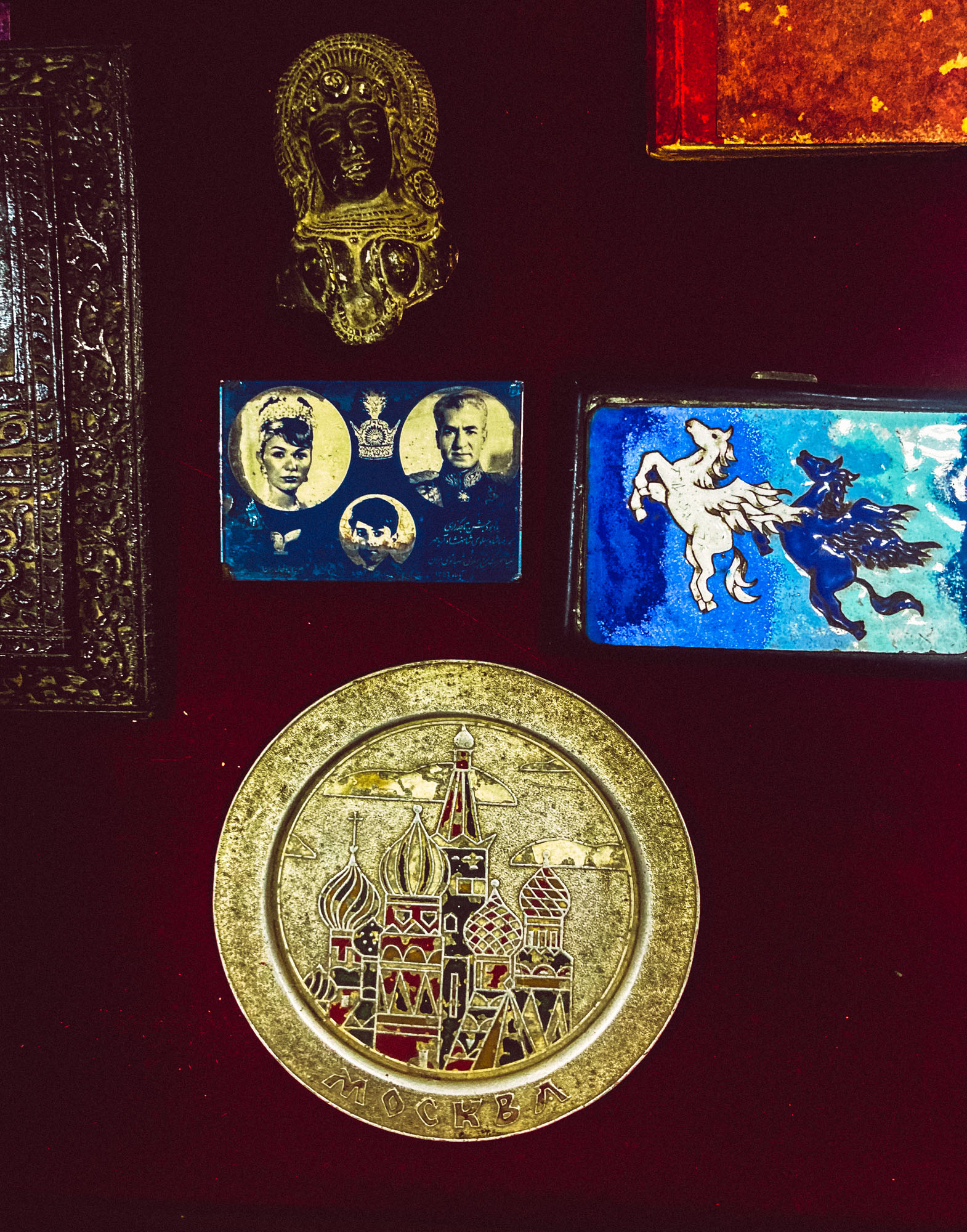
References
Akhtar, Jameel. A Singular Voice: A Conversation with Qurratulain Hyder. Oxford University Press, 2018.
Hyder, Qurratulain. Kuh-e Damavand. Delhi: Educational Publishing house, 2000.
Hyder, Syed Akbar. Qurratulain Hyder on the Move: Crossing the Frontiers of Gender, Language, and Nation. Brill, 2024.
Jabbari, Alexander. The Making of Persianate Modernity: Language and Literary History between Iran and India. Cambridge University Press, 2023.
Lambert-Hurley, Siobhan, Daniel Majchrowicz, and Sunil Sharma. Three Centuries of Travel Writing by Muslim Women. Bloomington: Indiana University Press, 2022.
Micallef, Roberta, and Sunil Sharma. On the Wonders of Land and Sea: Persianate Travel Writing. Cambridge: Harvard University Press, 2013.
Rahman, Tariq. From Hindi to Urdu: A Social and Political History. Oxford University Press, 2011.


